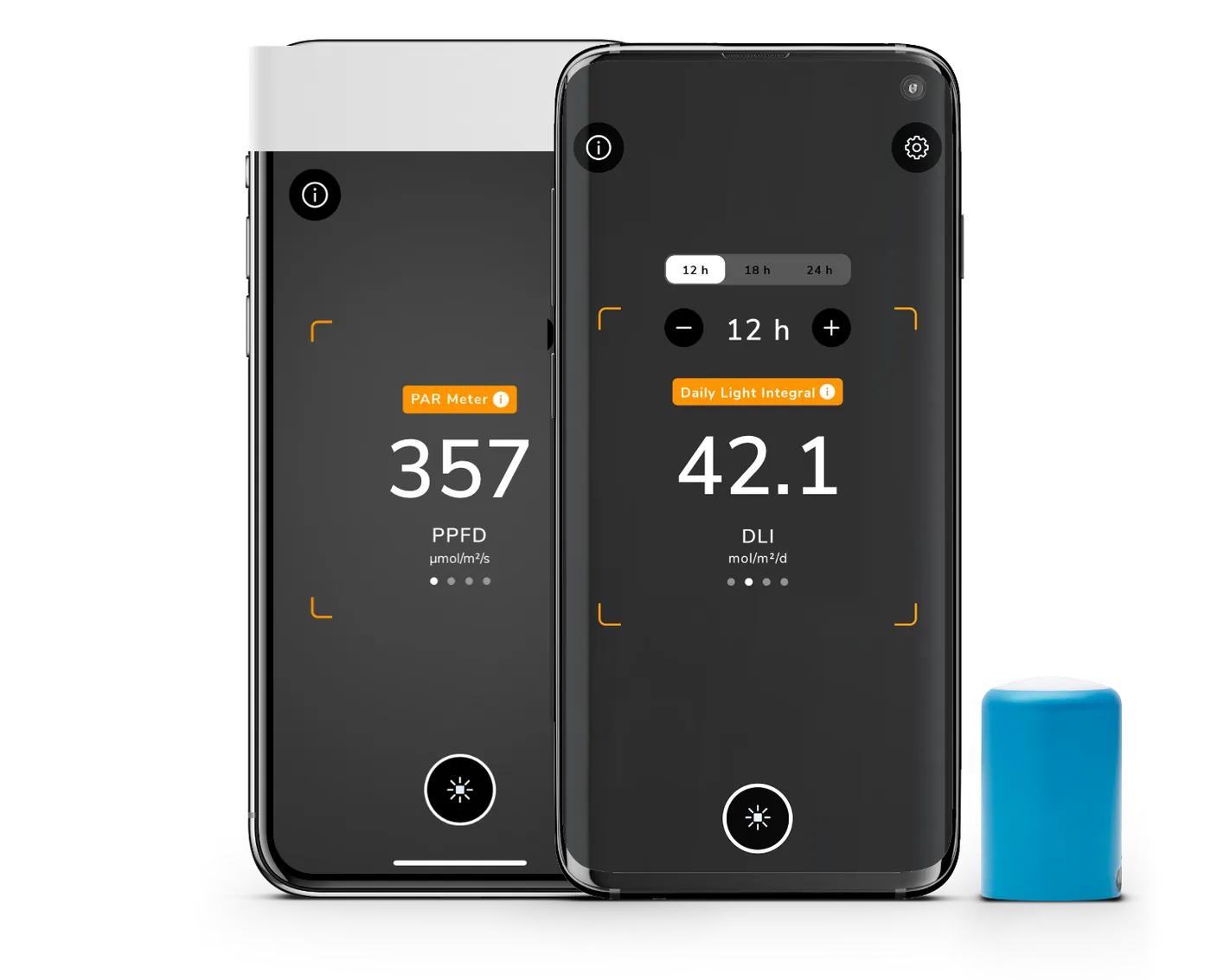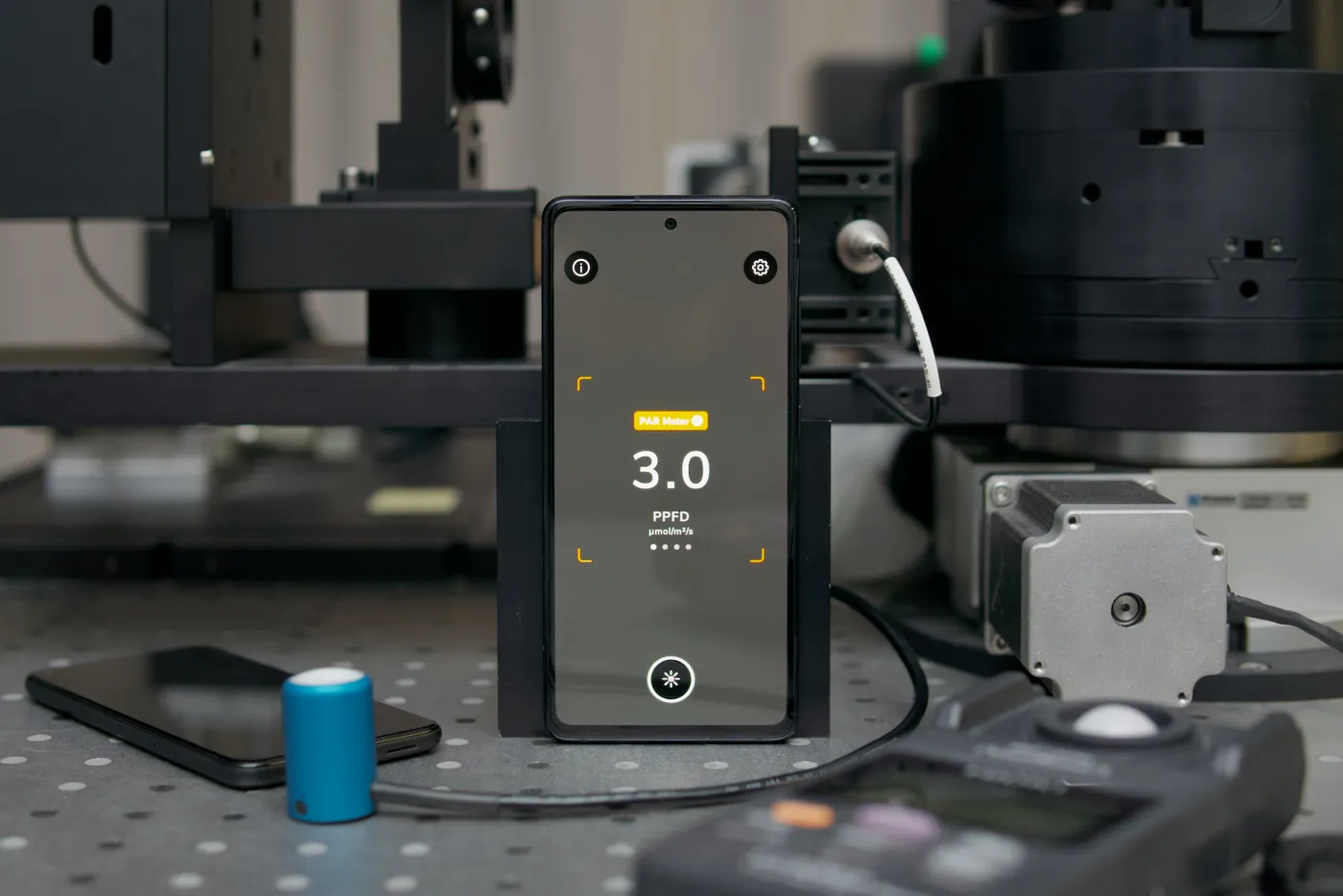
Auto-Translate
When researching and reading up on plant lighting it is almost for certain that you will come across the terms of PAR meters, quantum sensors, and the according products produced by Apogee, LI-COR, Sun System, and HydroFarm. In this article, we want to explain what these terms exactly mean and what this means for your grow.
Contents
What Is a Quantum PAR Meter?
A PAR meter is generally defined as a measurement device that is measuring photosynthetically active radiation (PAR). The difference between PAR and other common light intensity measures such as Lux or foot-candle is that the spectral response is specifically tailored to match the light that plants can actually use for photosynthesis. If you want a further explanation of the difference between PAR, Lux, and foot-candle, we've written an in-depth article about this topic.
Spectral Response
As already mentioned, the spectral response that matches plant photosynthesis is crucial for a PAR meter. Thus, quantum sensors utilize specifically tuned optical filters that only allow light with a wavelength between 400nm and 700nm to pass through.
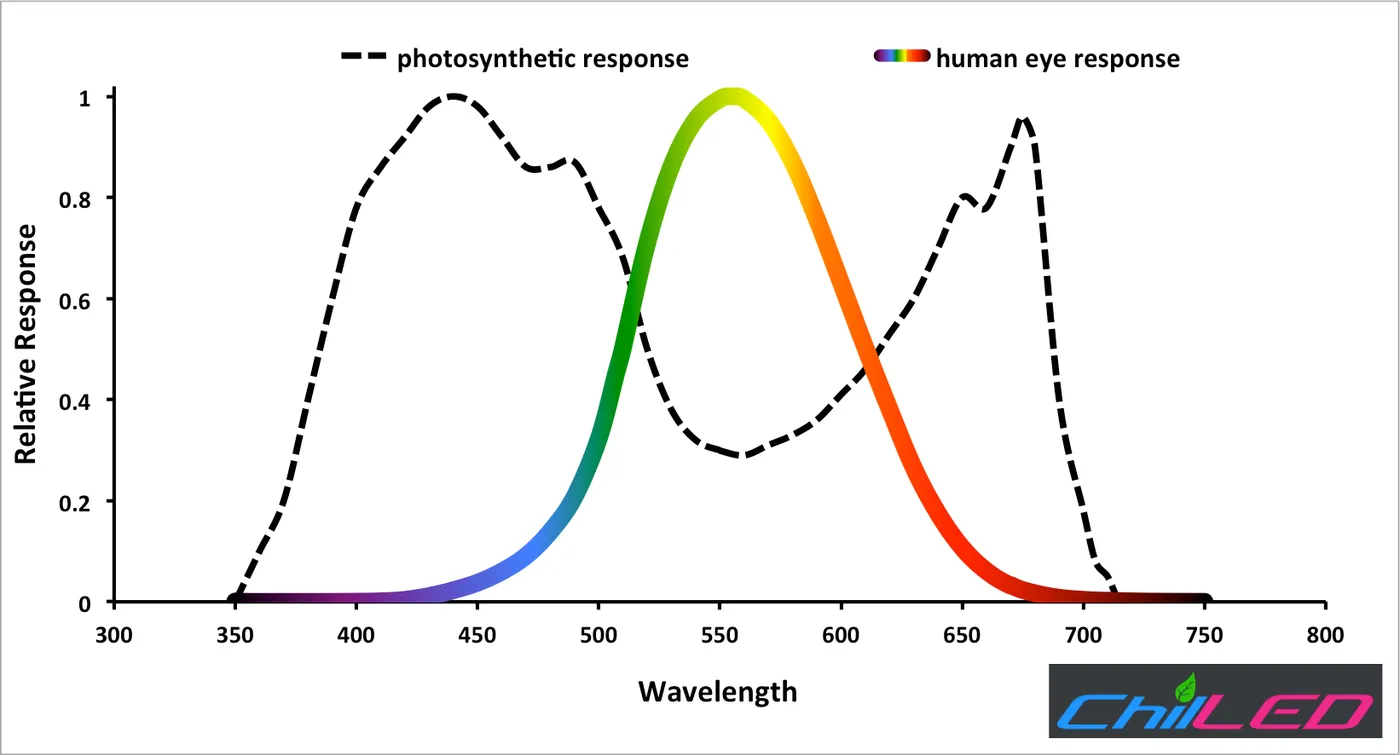
Quantum Sensor
In simple terms, a quantum sensor is a type of measurement device that works by the integration of energy. In the case of a quantum PAR sensor this means the integration of photons that hit the sensor's photo diode within a specific time frame. Using this measurement procedure allows for lower cost measurement equipment than what would otherwise be possible – even though this still means that a proper quantum PAR sensor will cost a few hundred dollars upwards.
Spectrometers
Another way of measuring PAR is by using a spectrometer or a spectroradiometer to be precise. Whereas a quantum sensor is adding up all of the light that passes through its optical filter independent of the specific wavelength, a spectrometer is able to identify and measure individual wavelengths. In order to evaluate spectral distribution of light, it is therefore necessary to use a spectrometer as a quantum meter will only yield one absolute number in the end.
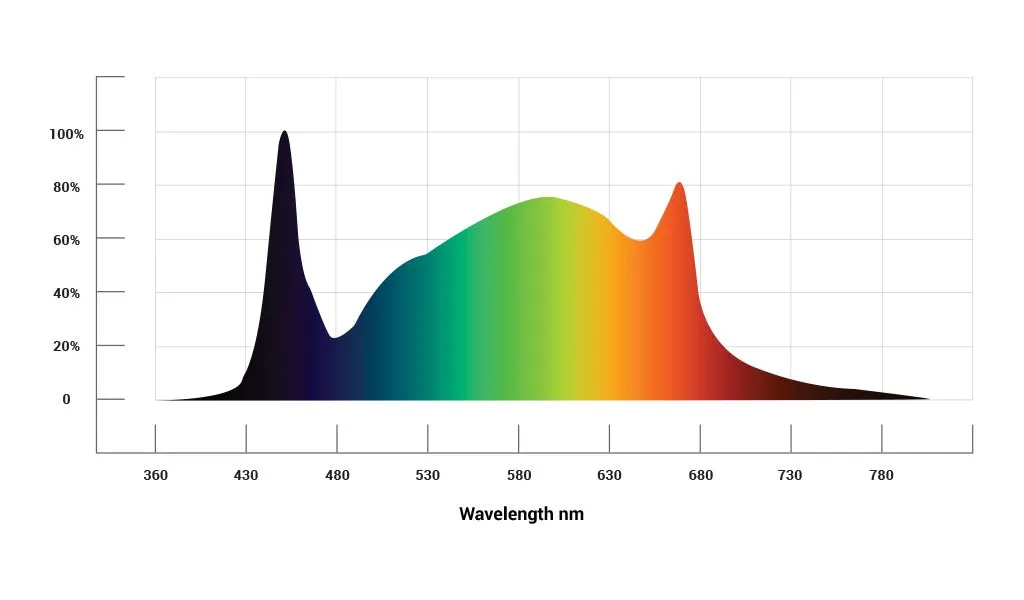
Why You Need a PAR Meter
Photosynthetically active radiation (PAR) measured as photosynthetic photon flux density (PPFD) is the measure when dealing with light intensity for both terrestrial and underwater plants. It is especially important and desired to effectively optimize lighting when growing high-value crops such as Cannabis, micro greens, coral reefs, chili peppers, and many more. Optimizing lighting allows to maximize a plant's production resulting in bigger yields whilst also minimizing the required electricity per gram of yield.
The Science Of Photosynthesis
The response to light of green plants has been studied intensively during the last two centuries. One of the scientists at the forefront of this research was Keith J. McCree who was a professor of soil and crop sciences at Texas A&M University and held a Ph.D. in physics. During the early 1970s, he published several seminal articles on the absorptance and photosynthesis for 22 different crop plants grown in the field and growth chambers.
As an addition to the 50 year old McCree curve, scientists around the world are evaluating the effect of light that lies outside its defined spectrum such as ultra-violet (UV) and infra-red (IR). The results of this research aren't entirely clear yet which is why the McCree curve still is the gold standard in measuring light for plants.
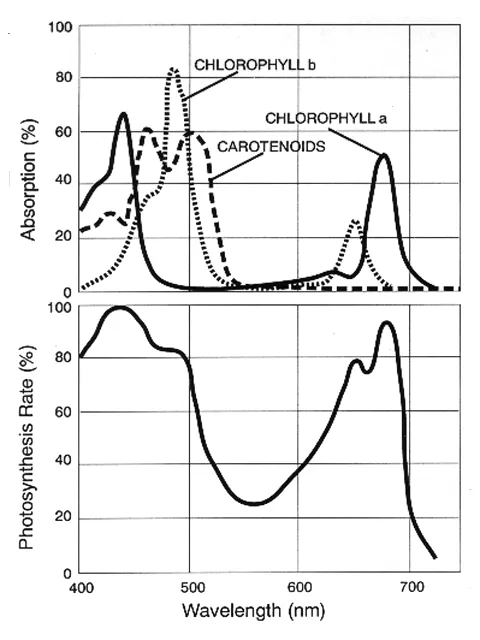
Today, Dr. Bruce Bugsbee of the Utah State University and also the founder of Apogee is a leading researcher on the topic of plant lighting and plant growth. In the following video, he presents the impact of using a proper PAR meter for measuring plant light.
Practical Applications
Taking PAR or PPFD measurements specifically is important to evaluate the light a plant receives and can actually use. PPFD measurements are used as spot measurements at a plant's canopy to evaluate whether there is too much or too little light for the plant's photosynthesis to utilize. This results in the following practical implications:
- Without a PAR meter, you can't properly set the placement of your light
- Without a PAR meter, you can't properly set the height of your light above the canopy
- Without a PAR meter, you can't properly adjust dimming of your light
- Without a PAR meter, you can't tell if your lights are aging or need cleaning
The Most Accessible PAR Meter
A (quantum) PAR meter is a great device and a must-have for every grower. However, as you already know, they are expensive. But there is an easier, cost-effective, and readily available solution: Our PAR meter app.
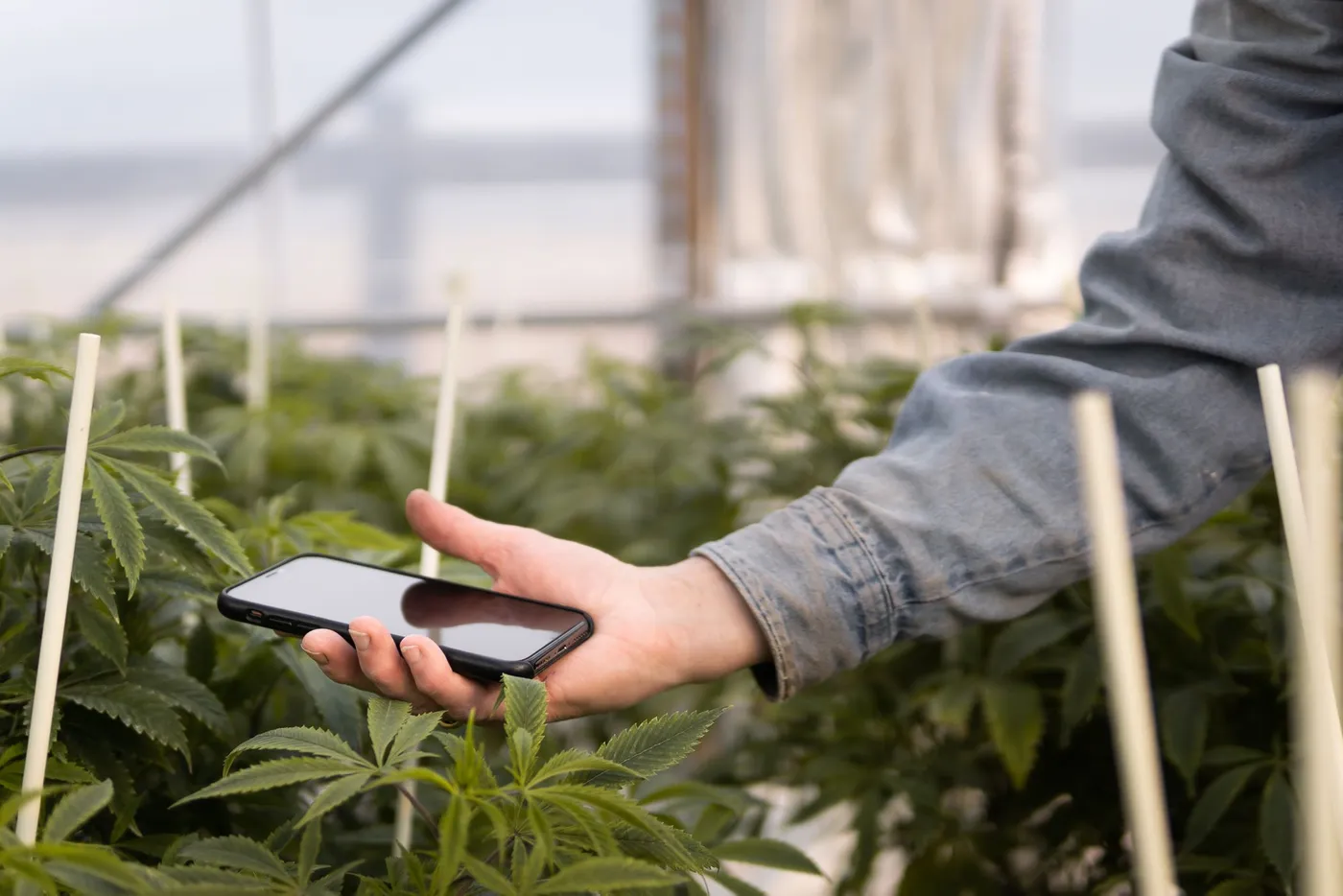
Our app allows you to accurately measure PAR in PPFD without any external sensor by utilizing the smartphone's camera. We use lab-grade equipment for our development and testing. Among them, also the mentioned quantum sensors from Apogee.
We can confidently state that our app is achieving the desired accuracy at ease. We've even written a white paper on how to achieve industrial-grade accuracy for your own grow as well.

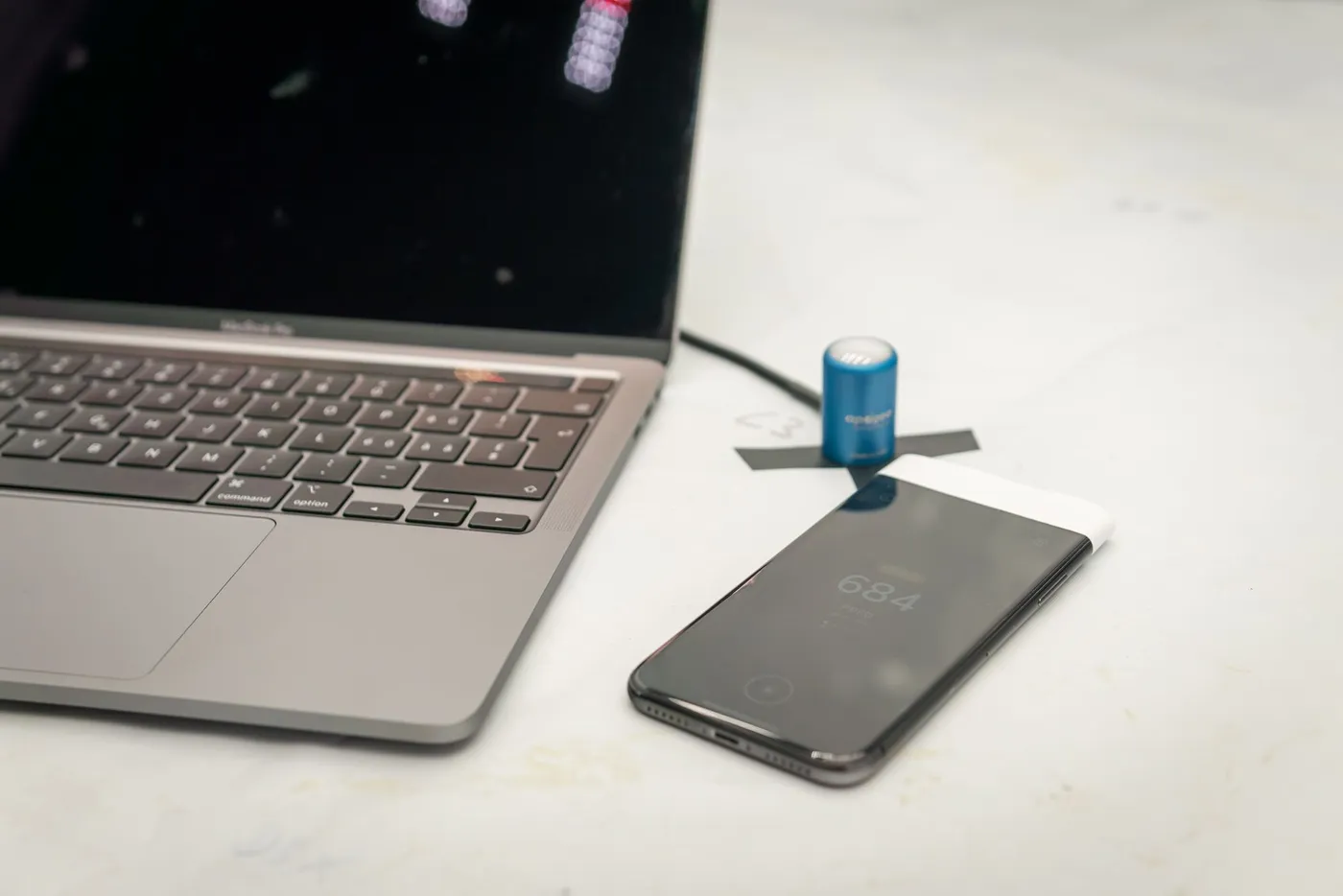
 Share This
Share This



